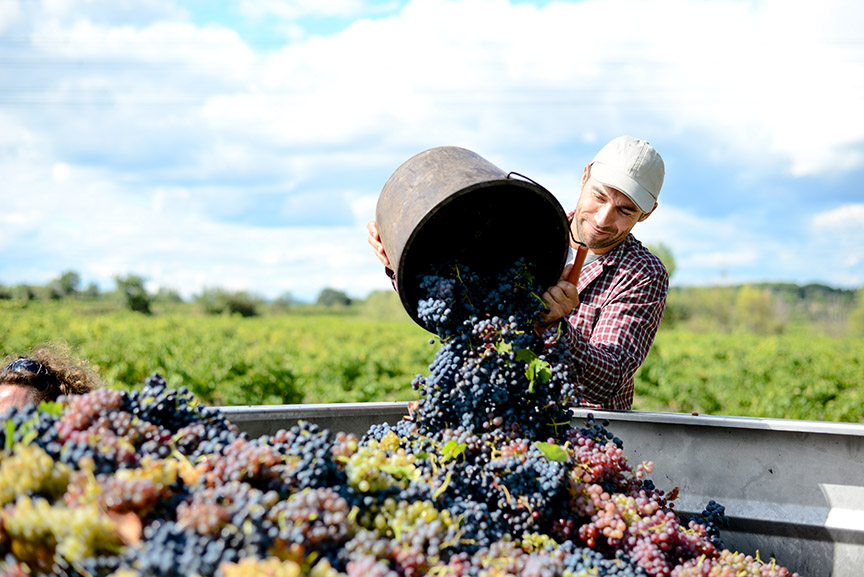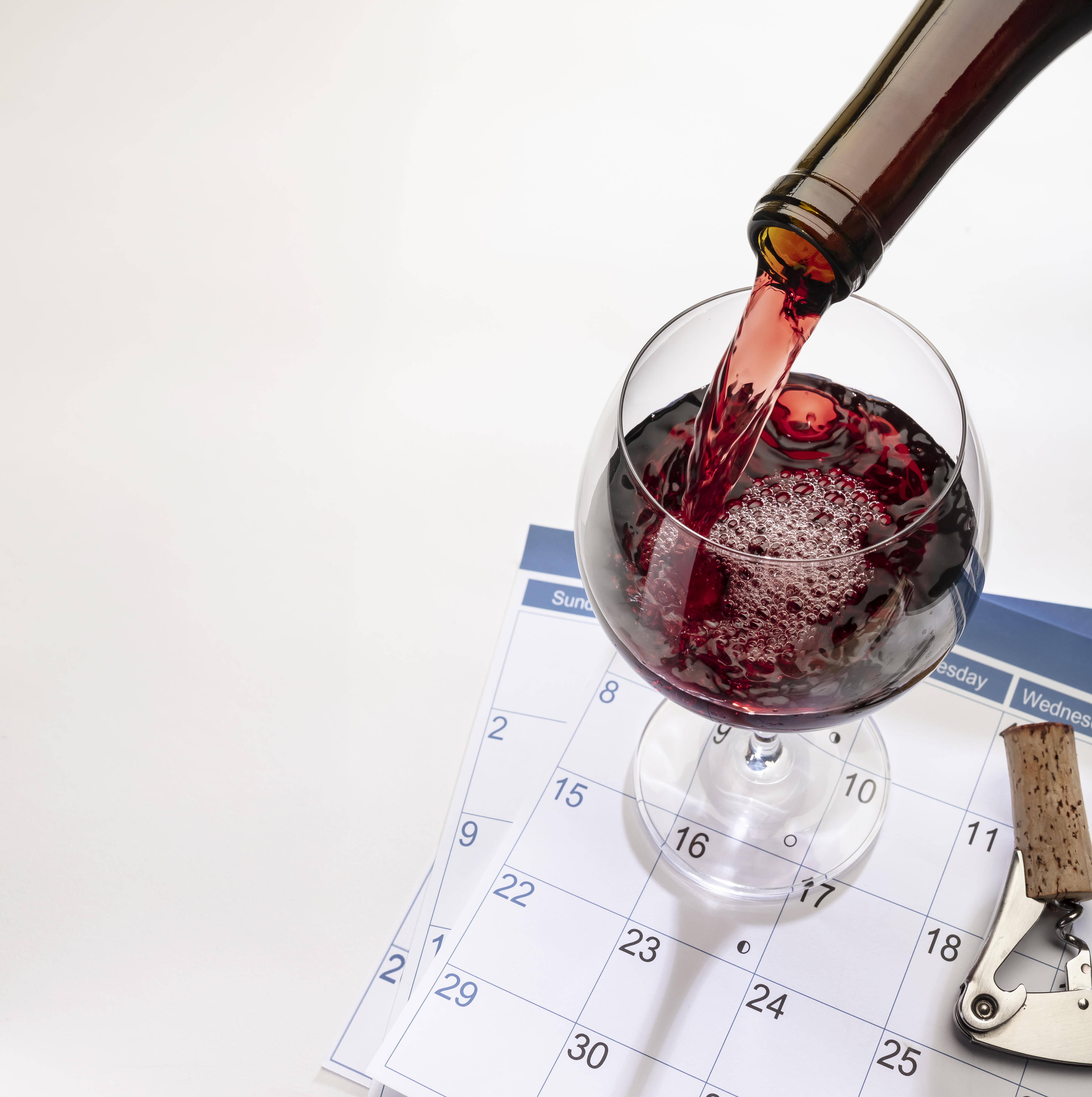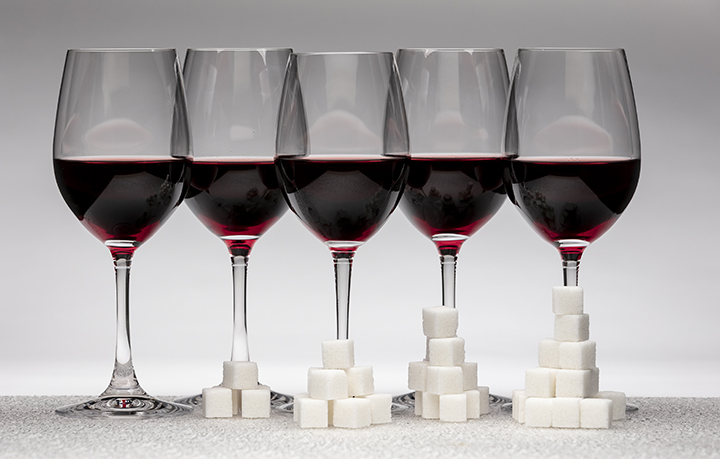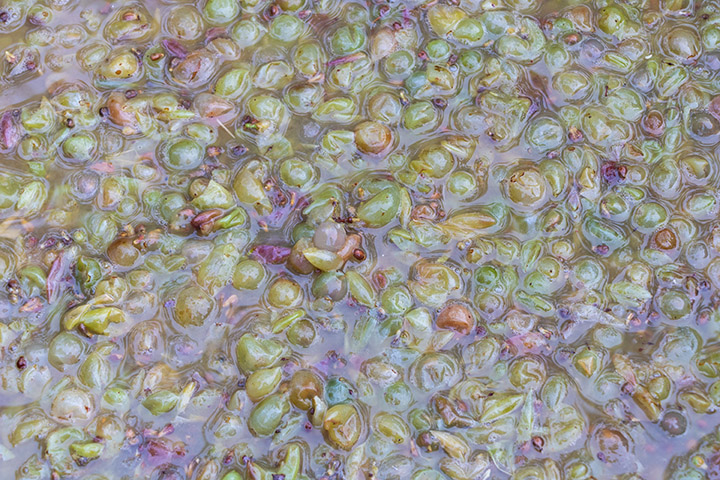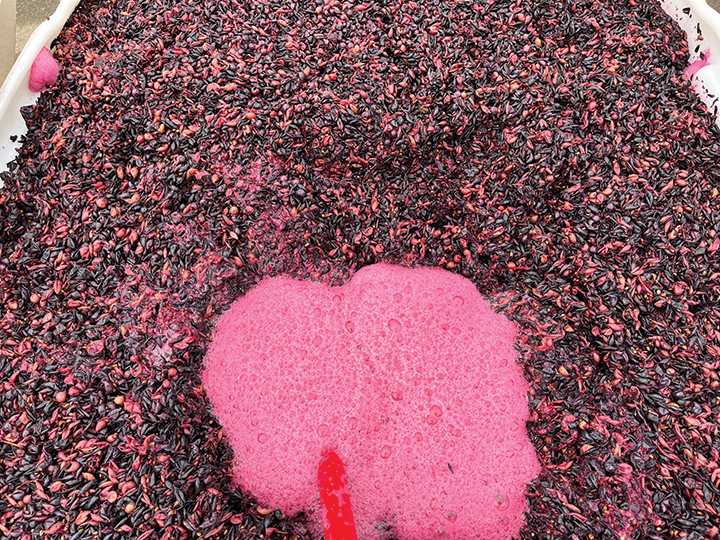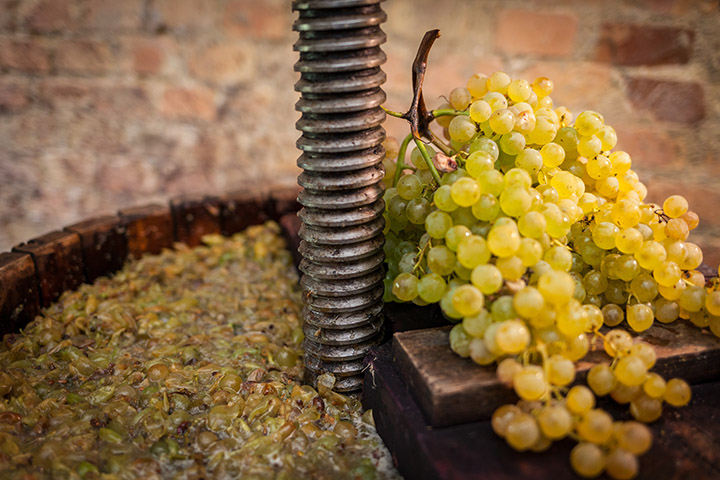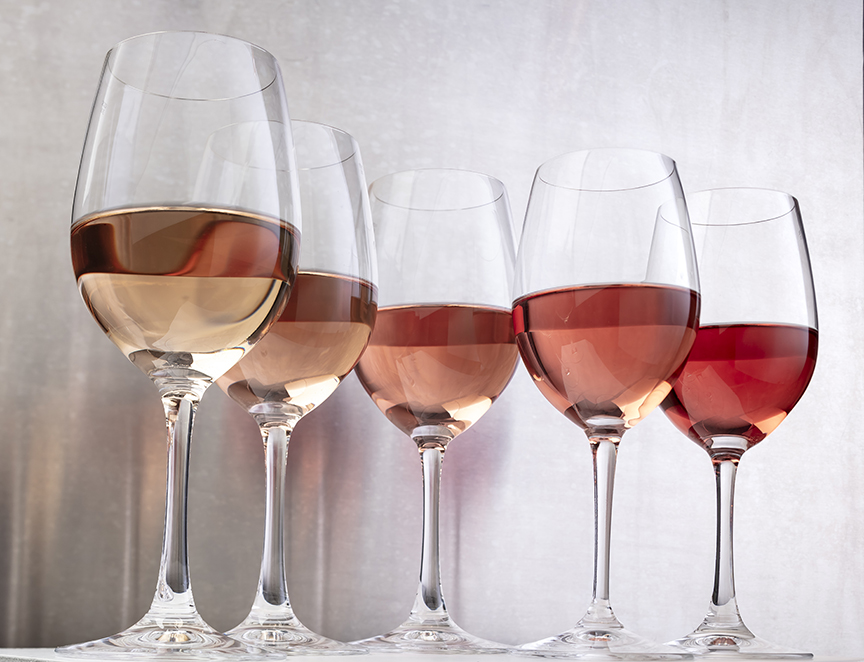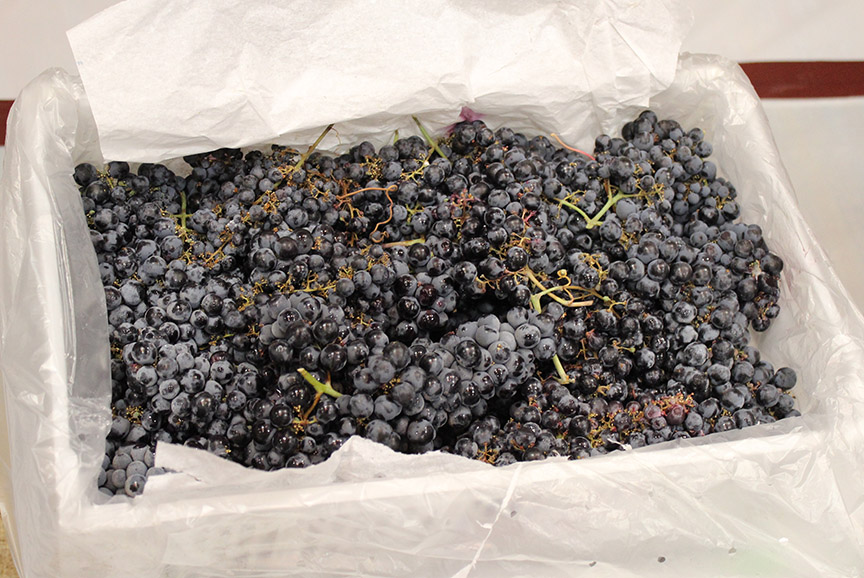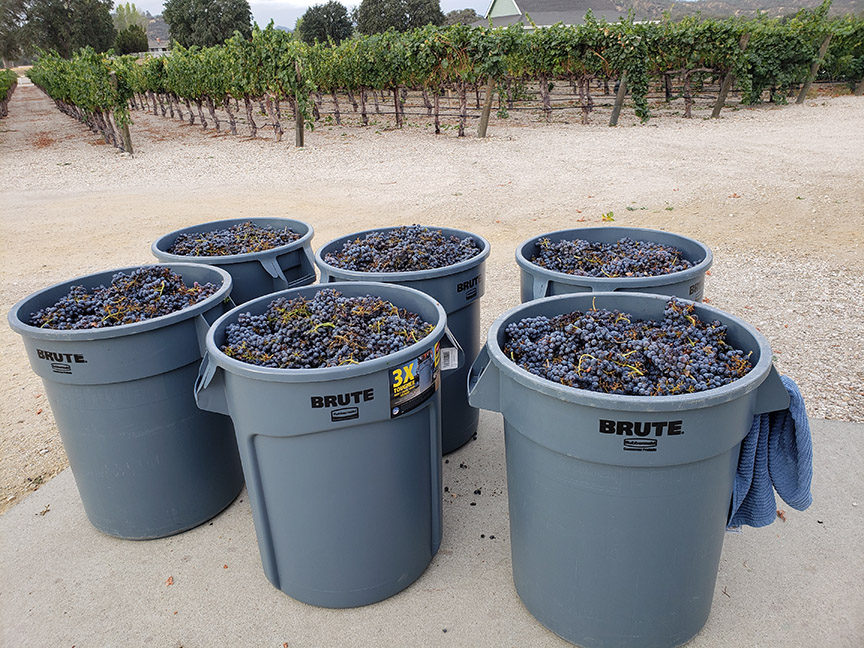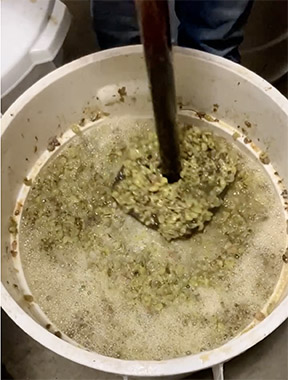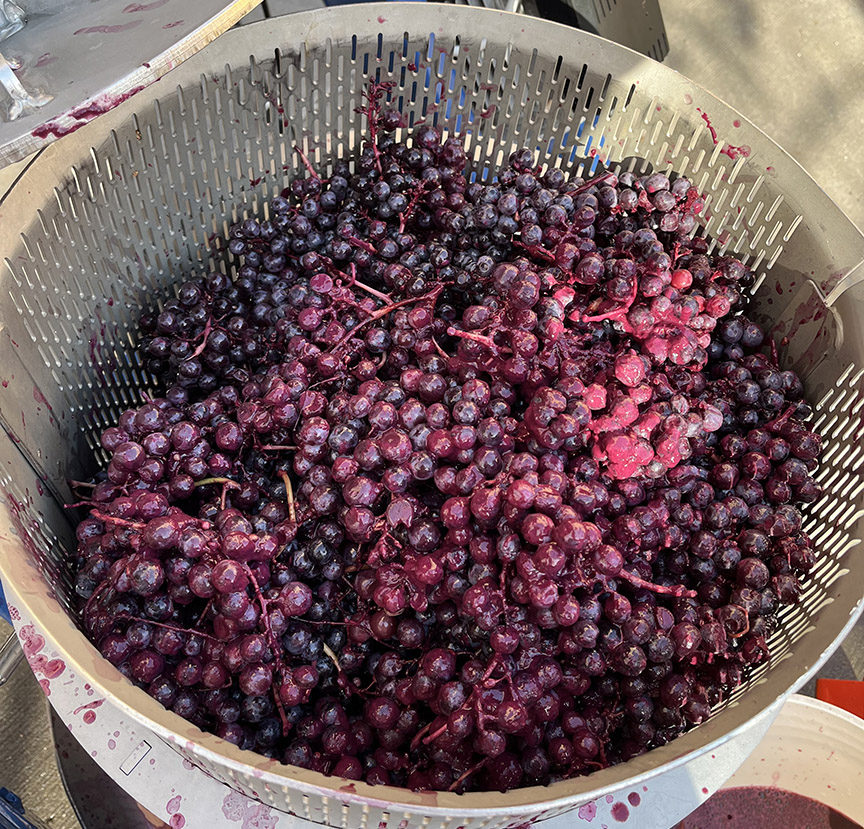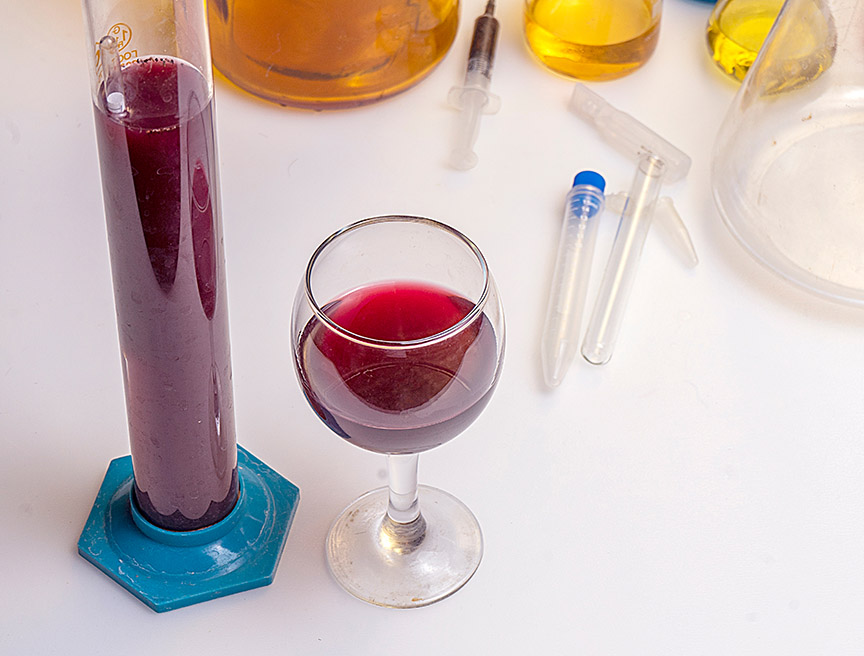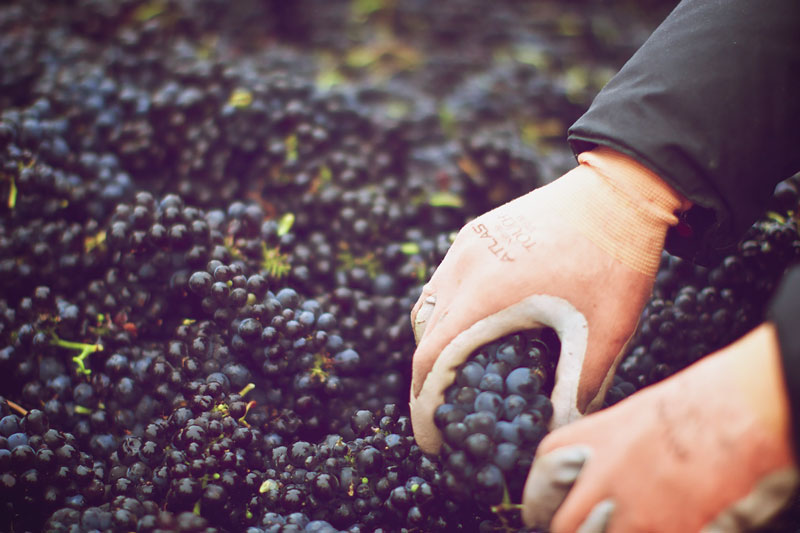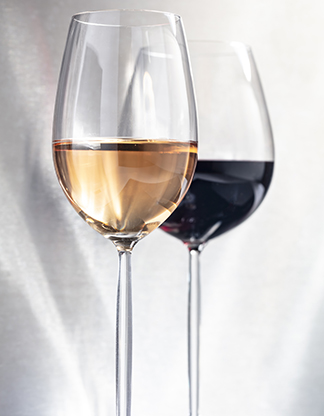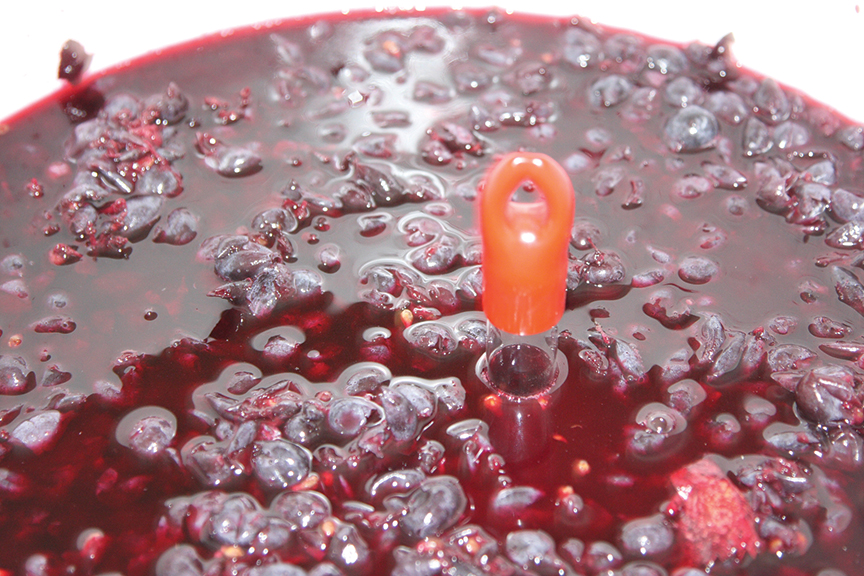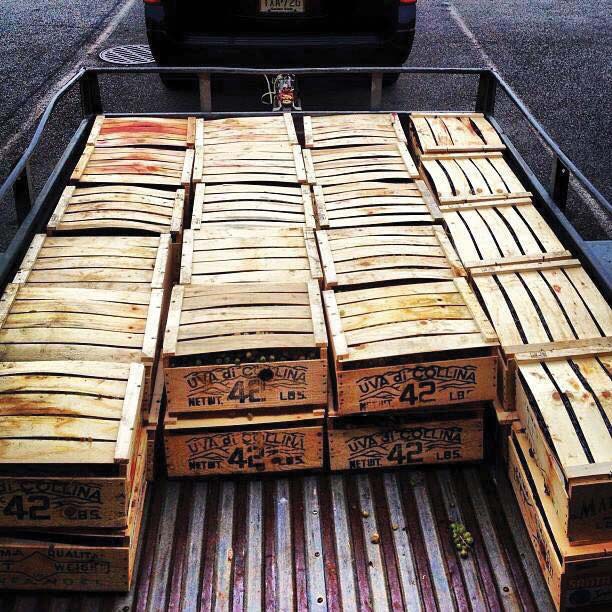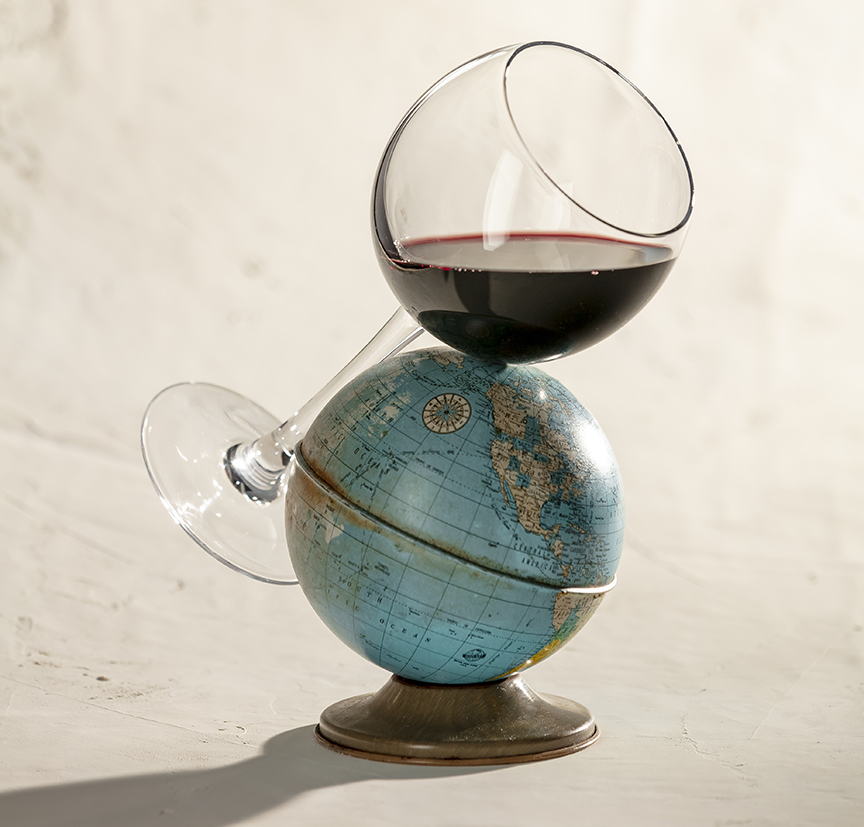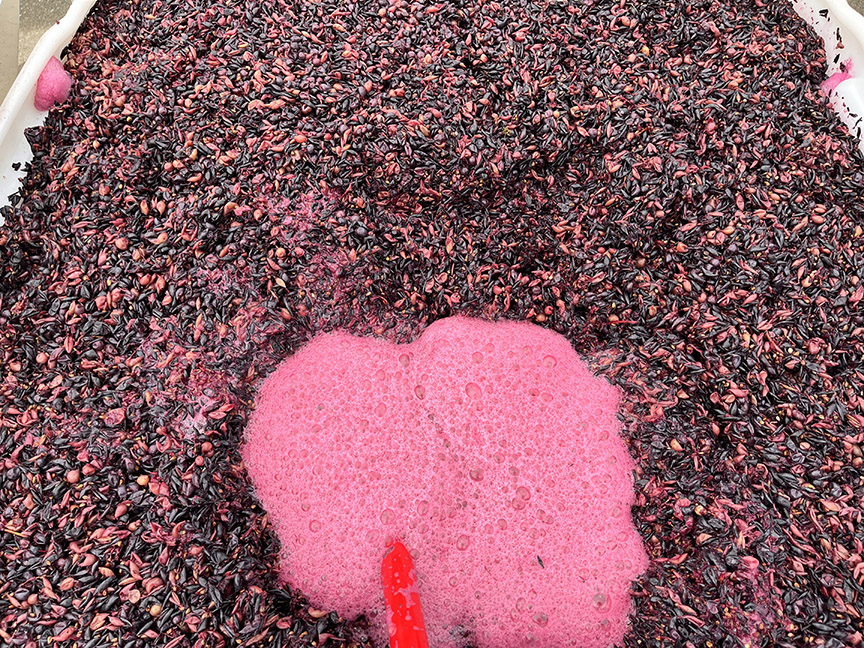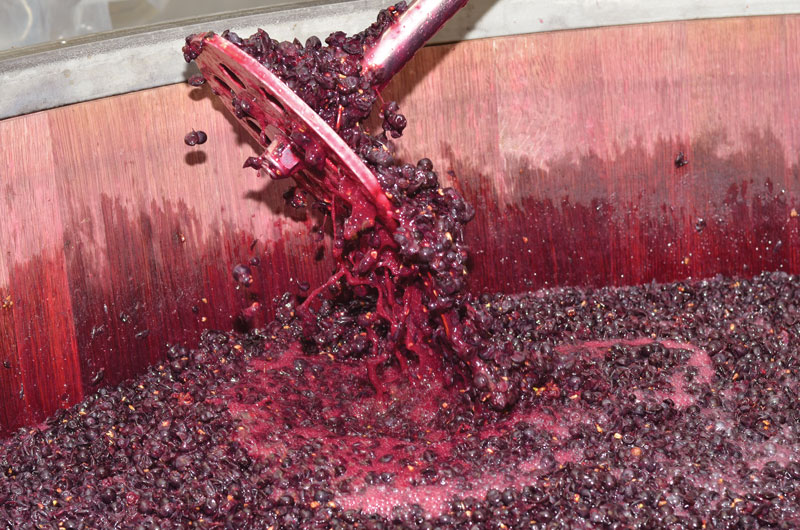Topic: Winemaking from Grapes
Creating a Field Blend
Explore the history, benefits, and drawbacks of field blends — where varieties are traditionally grown, harvested, crushed, and fermented together instead of the more traditional post-fermentation blending of varietal wines. Plus, the authors share their own experience from their first adapted field blend with grapes from their backyard vineyard.
Fine Wine in Less Time
When you want a finished wine quicker, there are techniques and products to help speed along the process of wine from grapes without sacrificing quality. It’s not cutting corners, it’s about working smarter.
Chaptalization — How Far Can You Go?
Adding sugar to bring up the Brix is necessary in parts of the world, especially during vintages with heavy rain. A Virginia winery did a study on the impact of adding different amounts and types of sugar, which home winemakers can take a page from when they have low-Brix grapes.
Skin-Contact White Wines
Orange wine is made by treating white grapes in a similar manner to red wine production, with fermentation conducted on the skins. Even if orange wine isn’t the goal, allowing some skin contact with your white wines can enhance their aromatics.
Chemistry of Must Correction
Clark Smith offers ways to extract the most from your grapes by digging into the chemistry of must correction — including methods to boost color, the impact adding sugar or water may have, and other techniques to keep in mind.
Why does my wine require long decanting times?
That long decant time you’re noticing — needing about three hours to “open up” in the glass — is something many winemakers (myself included) have encountered with young red wines, especially those
White Wines From Hybrid Grapes
Hybrid grapes are bred to combat growing conditions vinifera grapes have trouble with, including cold temperatures, diseases, and more. Hybrids also have their own nuances when it comes to turning them into wine. Learn how to get the most from white hybrid grapes.
Experimenting With Ways to Craft Rosé
A pair of home winemakers share the results from trials they conducted this past harvest in techniques for making rosé. The results offer insight into what works, what doesn’t, and why rosés shouldn’t be judged by their color.
Racking by the Light of the Moon
While there is so much hooey out there about “don’t rack during a new moon” or “only bottle during a full moon,” the winemaking dictum you mention is based, at least loosely,
Sourcing Grapes from Grape Suppliers
Buying grapes from a supplier allows access to varieties from regions of the world that would otherwise be inaccessible to home winemakers. We lay out seven critical points to consider before making your purchase.
Sourcing Grapes Directly from Vineyards
Going directly to the source to buy your grapes from local vineyards allows home winemakers to work with grapes harvested the same day, though it requires a lot of legwork at the quantities amateurs are after. Get advice to make the task easier.
Apples, Meet Grape Pomace
After pressing grapes for wine, a home winemaker decided seven years ago to add the pomace to their fresh-pressed apple juice to learn the impact it would have on cider production. They’ve continued this experiment every year since, with some variation, and are sharing the results.
Adding Skins to a Red Ferment
There’s an ancient tradition of making wine using skins “donated” from other fermentations and projects. The one you list above is one such scenario. The most well-known incidence of this practice includes
Whole Cluster Fermentation
Whole cluster fermentation — fermenting grapes without crushing and destemming them first — is a technique that has been around for ages. Let’s take a deep dive into the benefits of this technique, what the research says, and whether you may want to consider whole cluster fermentation at home.
Whole Cluster Fermentation Tips
Two pros share why they prefer whole cluster fermentations for certain varieties, the impact it has, and considerations home winemakers should make if they plan to forgo the crush.
It’s Always a Good Time to Assess Your Wine
Making small adjustments to a wine the moment they are needed, as opposed to one large adjustment prior to bottling, will result in a more cohesive wine. A couple of award-winning home winemakers share when you should assess your wine and what to look for.
Thoughts for Underripe Red Grapes
I don’t know how many cases of rosé wine are consumed in the United States each year, but I know it’s a heck of a lot. Pooh-poohed in the past as cheap
Expressing Terroir in Red Wine
Over the last decade or so, the word “terroir” has become the buzz word not just among wine lovers, but the greater agricultural world. Bob Peak walks us through several real-world examples of expressing terroir when making a red wine.
To Saignée or Not to Saignée
Bleeding off a percentage of juice early during a red wine’s fermentation both concentrates the remaining juice and offers a chance to make a second wine from the bled portion. Learn when and how to employ this French winemaking technique at home.
Bringing Out the Fruit
Most red winemakers will begin alcoholic fermentation shortly after the grape clusters are pressed. But there are some alternative techniques that can be utilized pre-fermentation to try to bring distinctive character to the wines they produce.
Pick of the Litter
Finding high-quality grapes, even in wine country, can be a challenge for new winemakers. Get some advice for sourcing fresh grapes, no matter where you live, as well as how to handle the grapes to get them home safely.
Merlot Around the World
Though its reputation may have been tarnished by a certain movie after the turn of the century, Merlot continues to be one of the most popular wine grapes in the world. Winemakers from France, Italy, and the United States share advice on crafting a memorable Merlot at home.
Red Hybrid Grape Winemaking
Making red wine from hybrid grapes can sometimes be a challenge, but the rewards are also tremendous. The first steps? Forget what you know about making wine from vinifera grapes and embrace the unique characteristics hybrids often have.
Making Wine With Smoke-Effected Grapes
Indeed, the last few years (2017 and 2020 especially) grape growing areas in Northern California and other parts of the state including the Central Coast have experienced historically large wildfires. If grapes
Getting Grape Updates During Growing Season
Sometimes local AVA (American Viticultural Area) groups will have data available on their websites or emails available to members (the latter is the case with, for example, Napa Valley Vintners). For the
